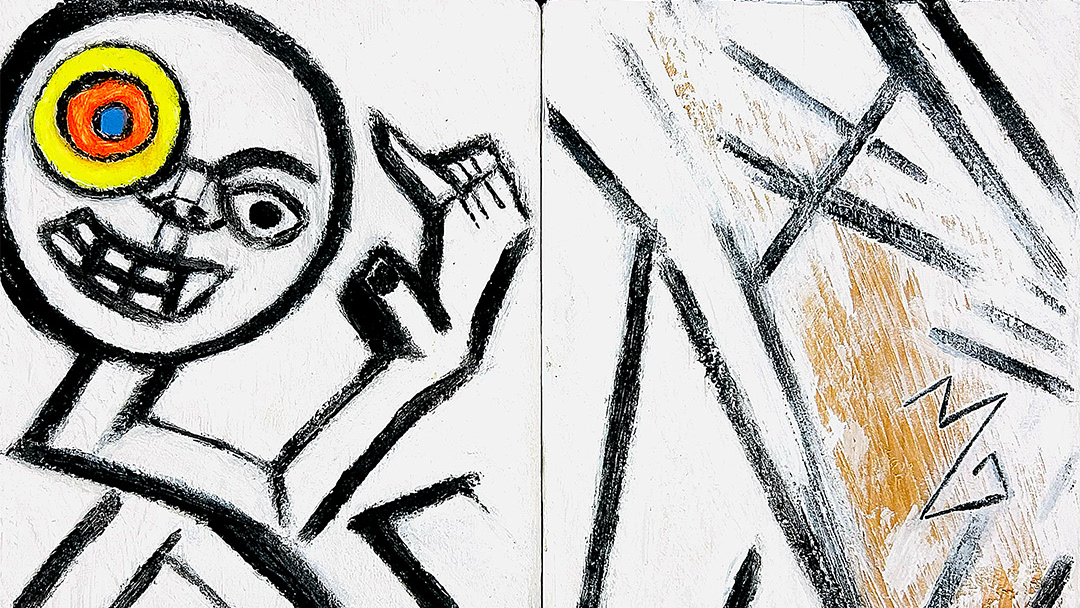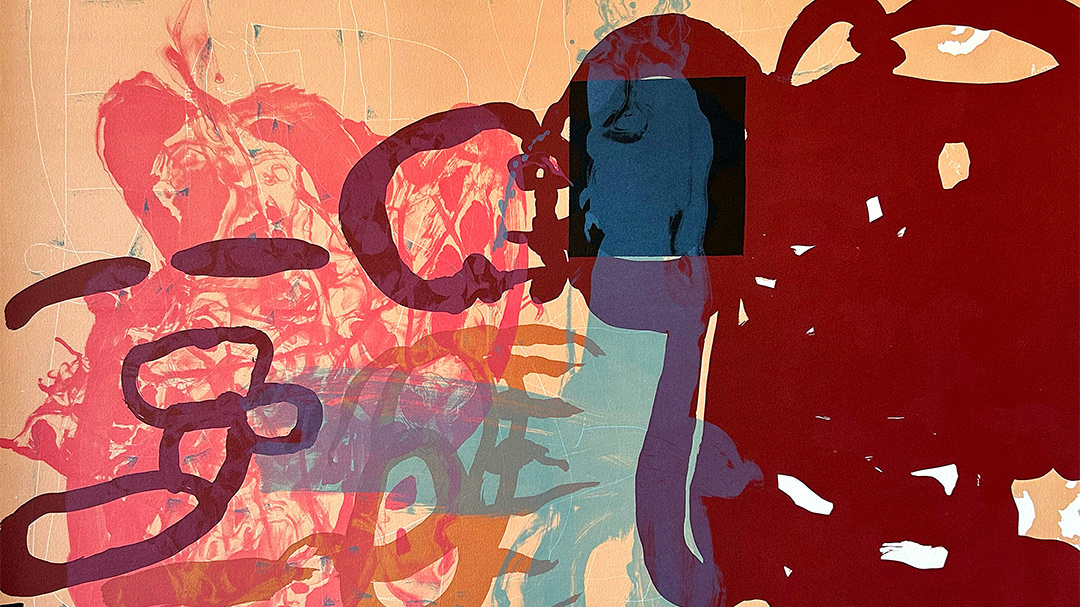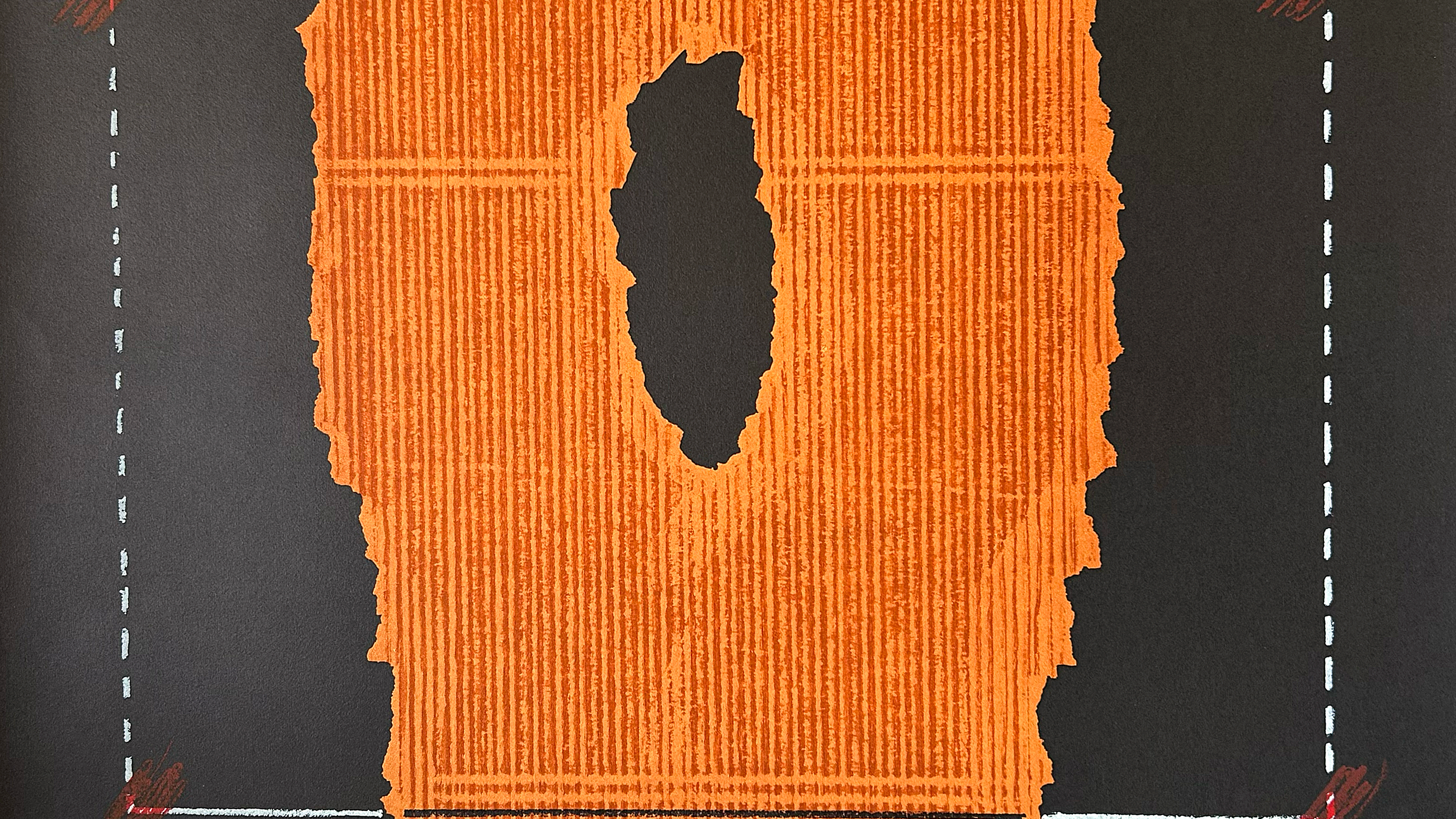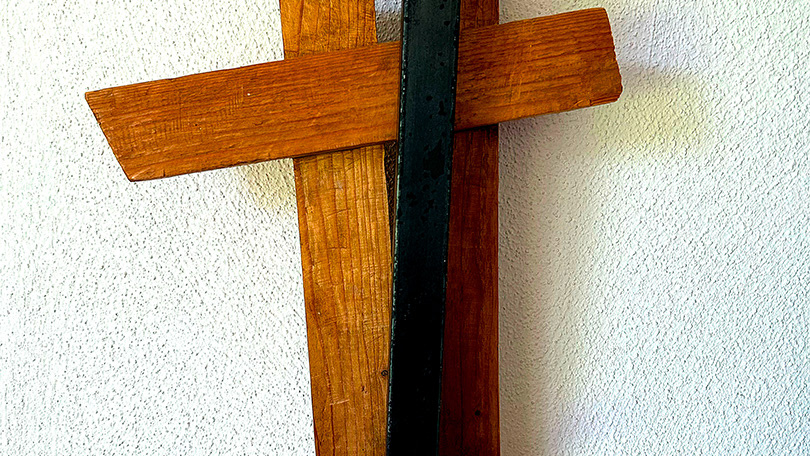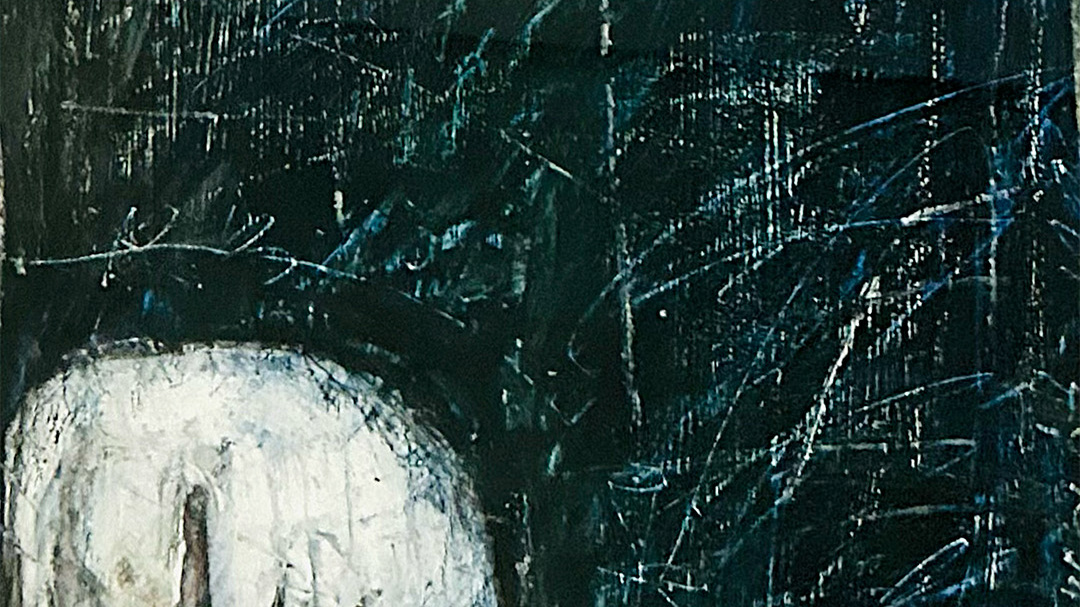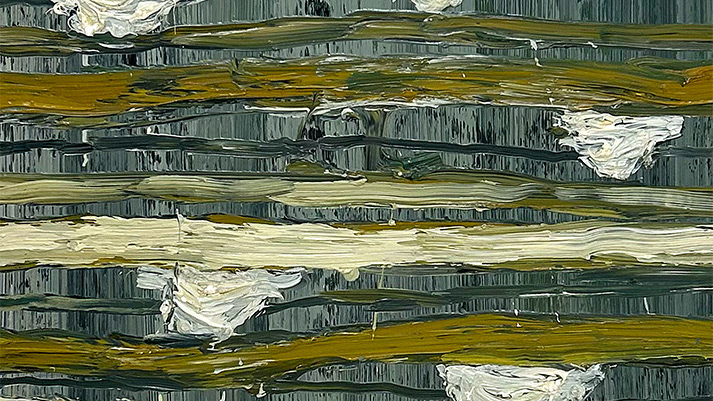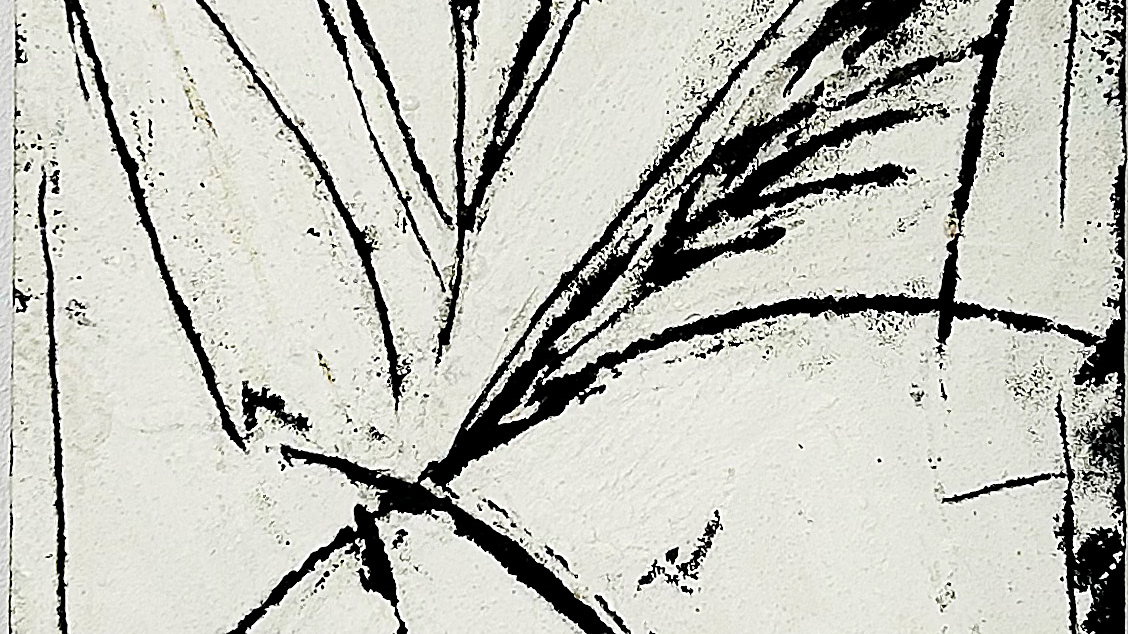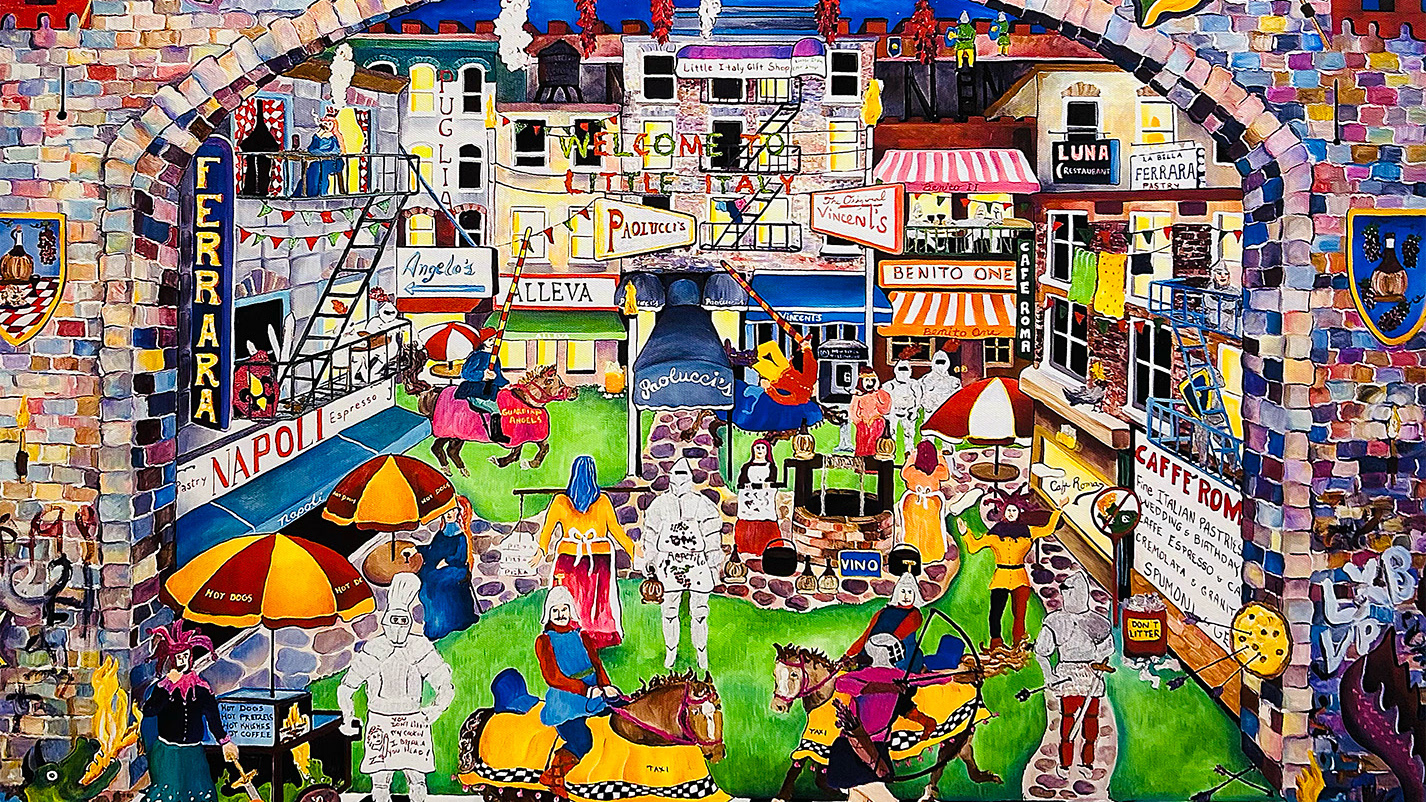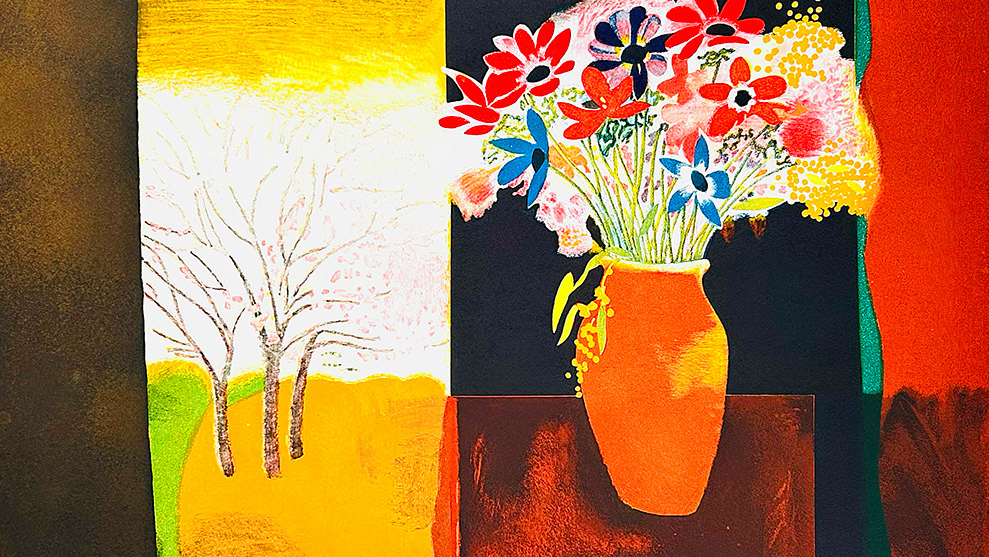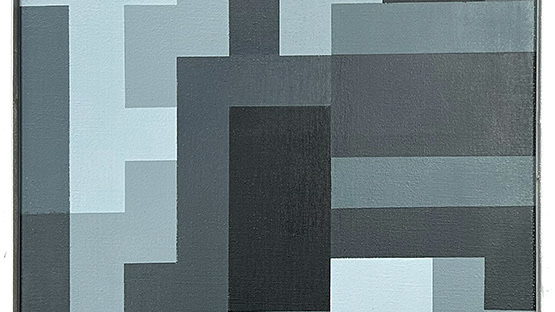Carlos Pazos, born on December 23rd, 1949, is an emblematic figure for his uniqueness in the history of contemporary Spanish art. A heterogeneous creator, his work encompasses Neo-Dadaism, Arte Povera, Surrealism, the ready-made aesthetics of Marcel Duchamp, the combines of Robert Rauschenberg and the institutional analysis of Marcel Broodthaers. However, despite the references and echoes of other practices, his work remains unclassifiable amidst the normative character of art criticism. Although his work carries a marked sense of humour on the surface, it is also deeply dramatic. Pazos confirms the failure of modernity and questions any system of representation: the image can no longer evoke any reality and the ego is born from fiction. The artist hides behind a variety of masks and, through the use of souvenirs and objects, makes the art of collecting one of the main themes of his artistic practice. With a kitsch aesthetic, he combines the poetics of the object with irony and the narcissistic mask.
Carlos Pazos, "Chromo-10", 1984, Lithography

